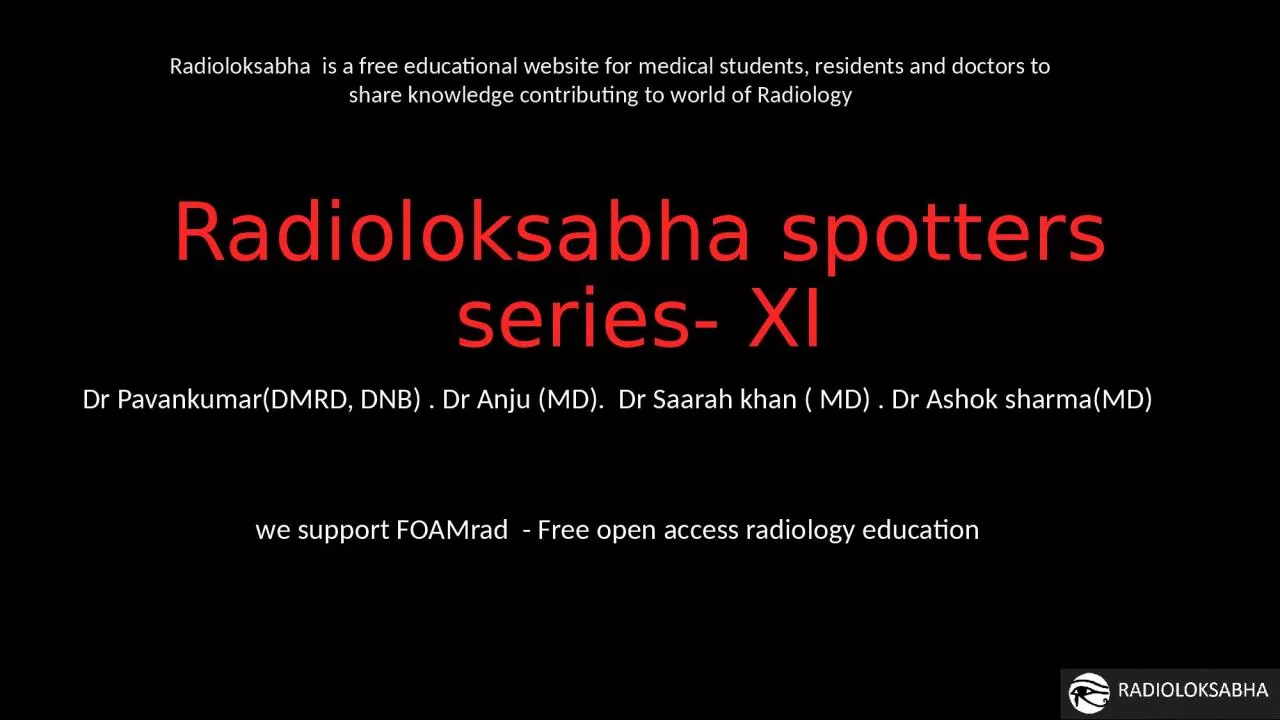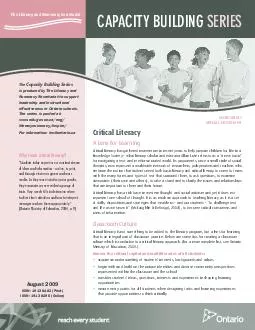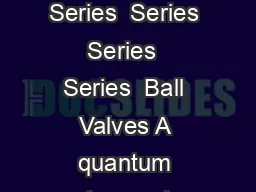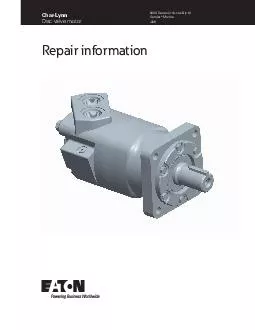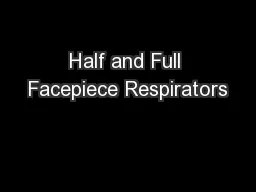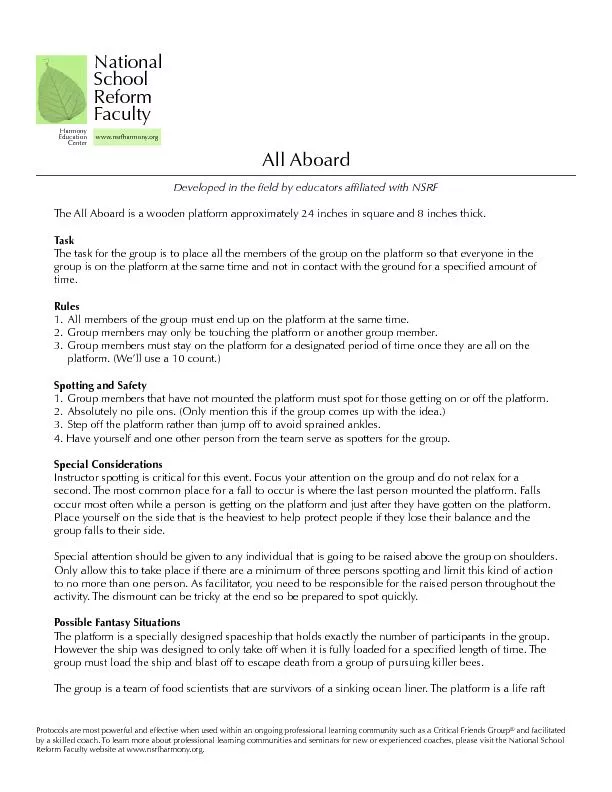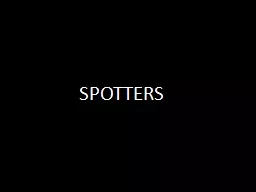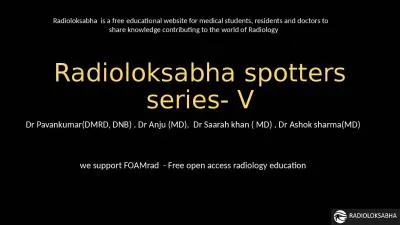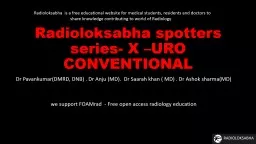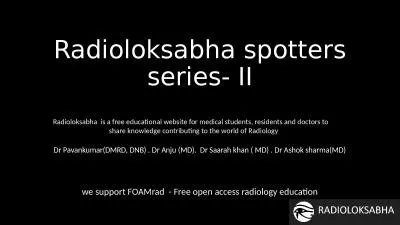PPT-Radioloksabha spotters series- XI
Author : KittyCat | Published Date : 2022-07-28
Dr Pavankumar DMRD DNB Dr Anju MD Dr Saarah khan MD Dr Ashok sharma MD we support FOAMrad Free open access radiology education Radioloksabha is a free educational
Presentation Embed Code
Download Presentation
Download Presentation The PPT/PDF document "Radioloksabha spotters series- XI" is the property of its rightful owner. Permission is granted to download and print the materials on this website for personal, non-commercial use only, and to display it on your personal computer provided you do not modify the materials and that you retain all copyright notices contained in the materials. By downloading content from our website, you accept the terms of this agreement.
Radioloksabha spotters series- XI: Transcript
Download Rules Of Document
"Radioloksabha spotters series- XI"The content belongs to its owner. You may download and print it for personal use, without modification, and keep all copyright notices. By downloading, you agree to these terms.
Related Documents

